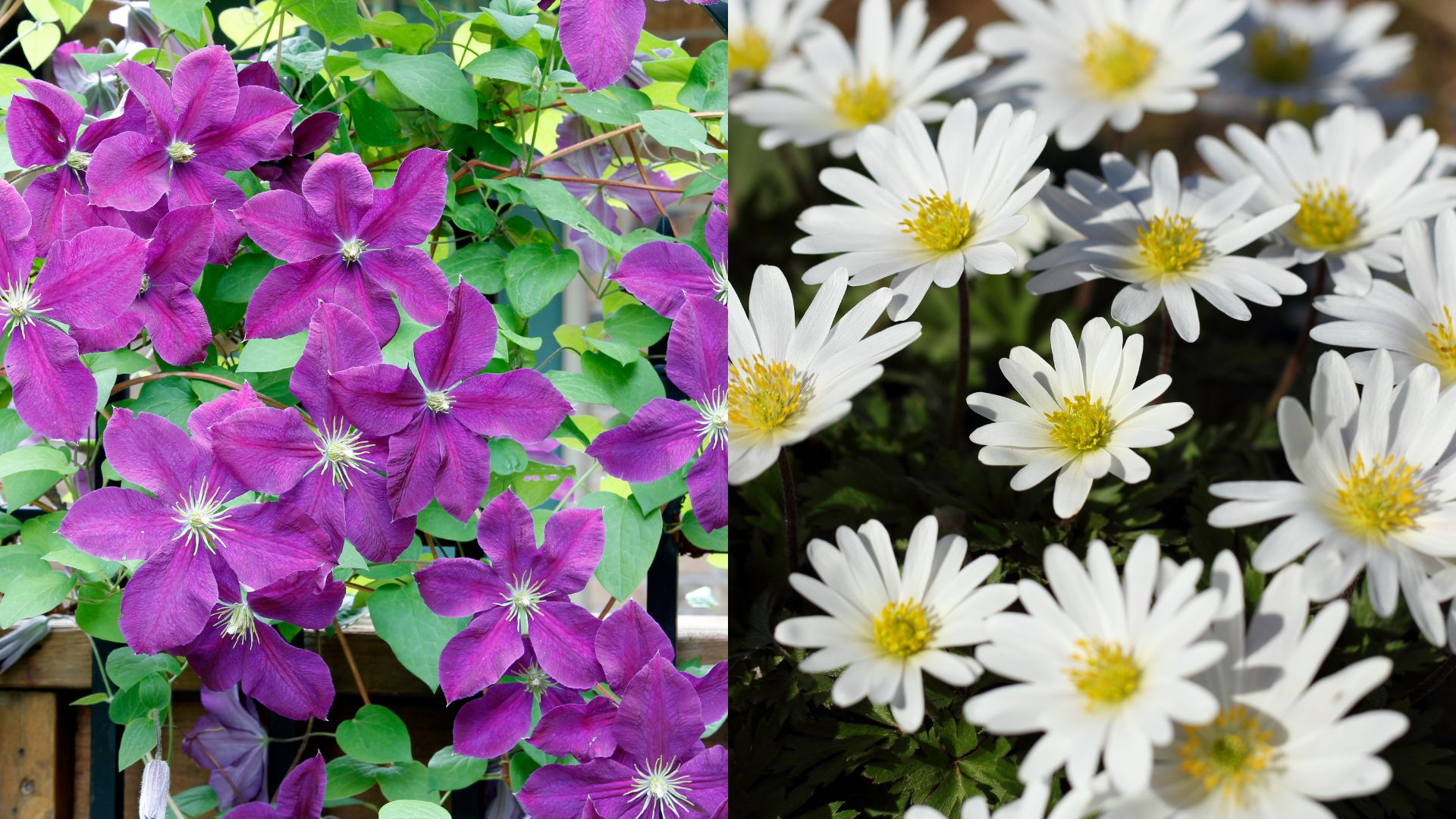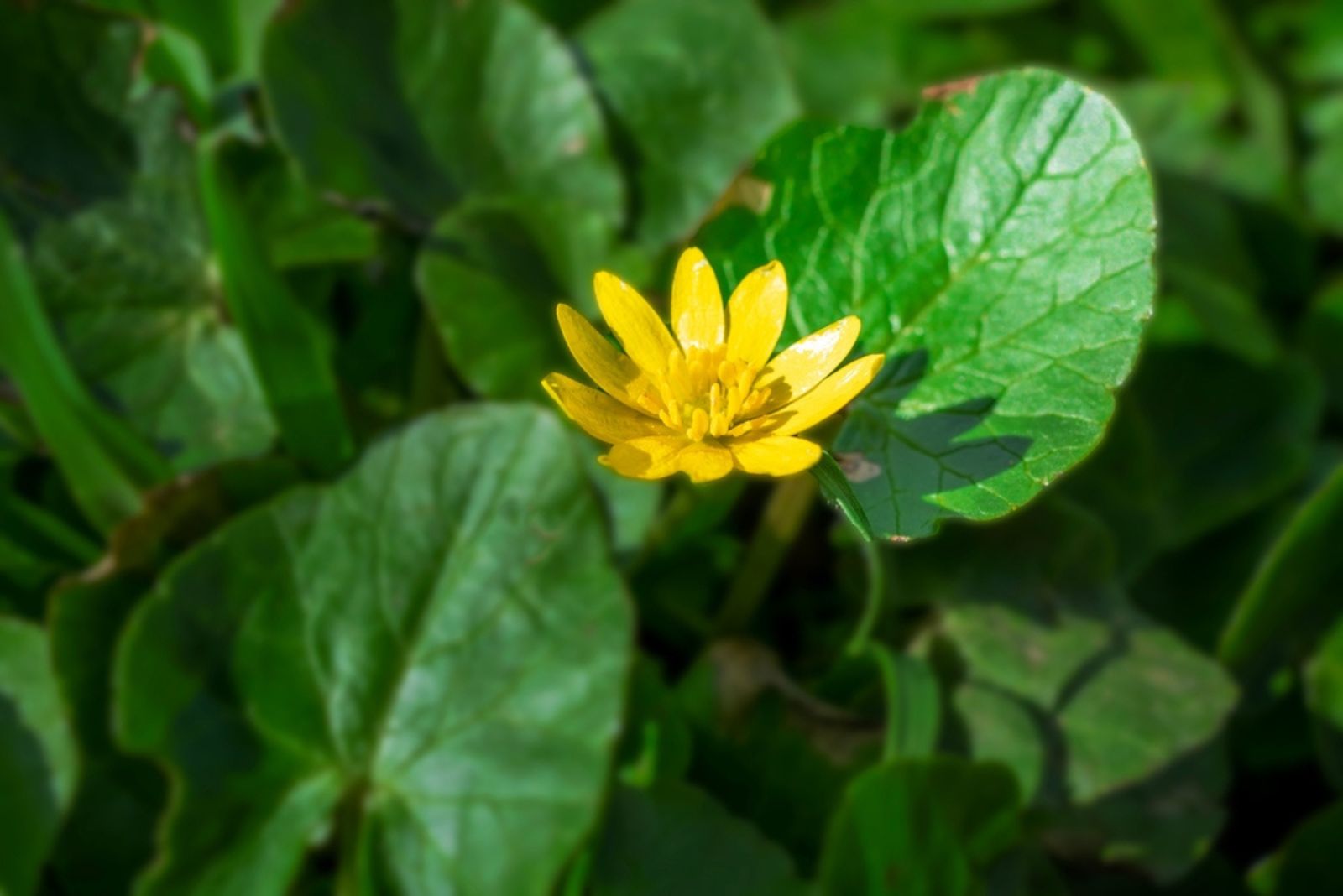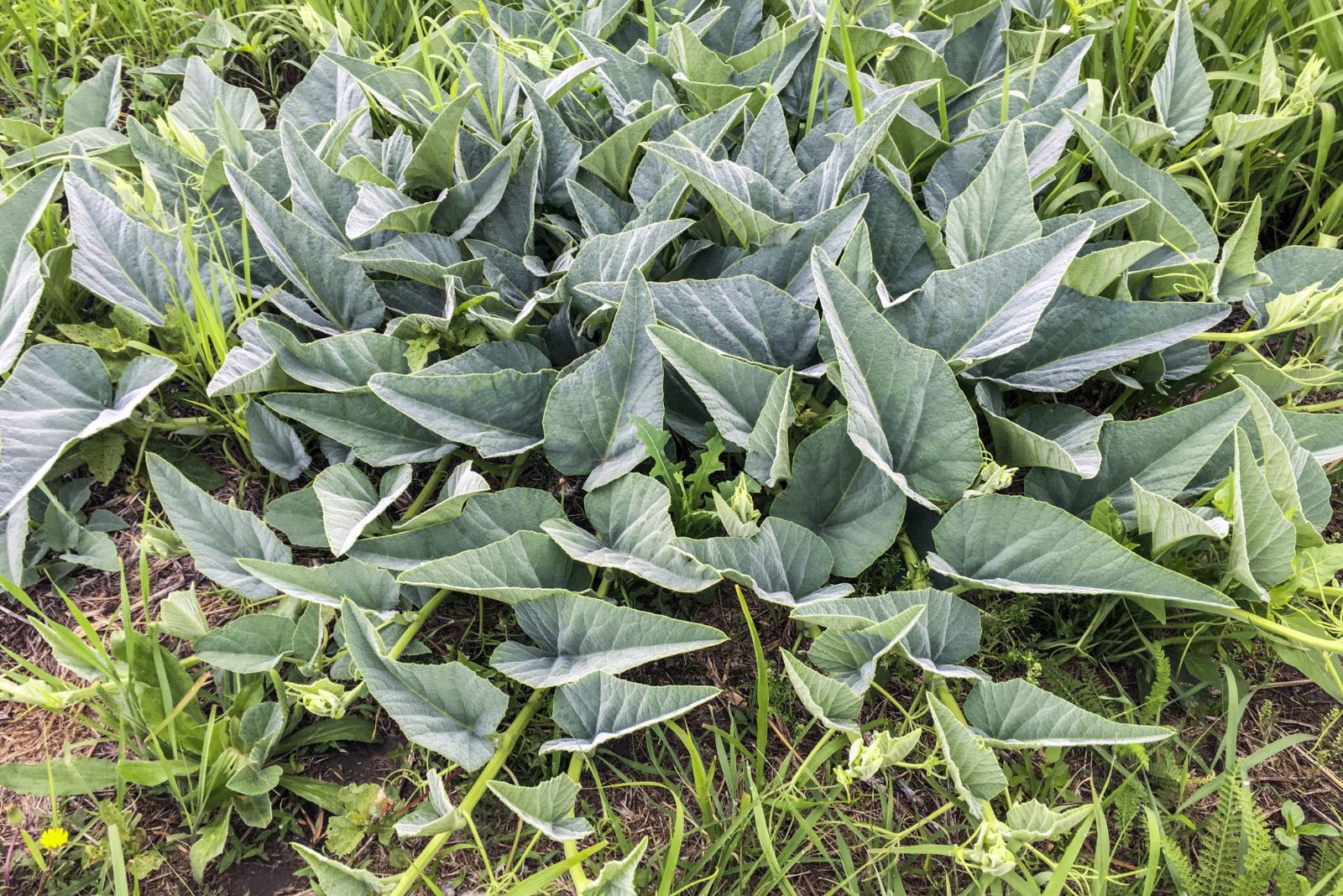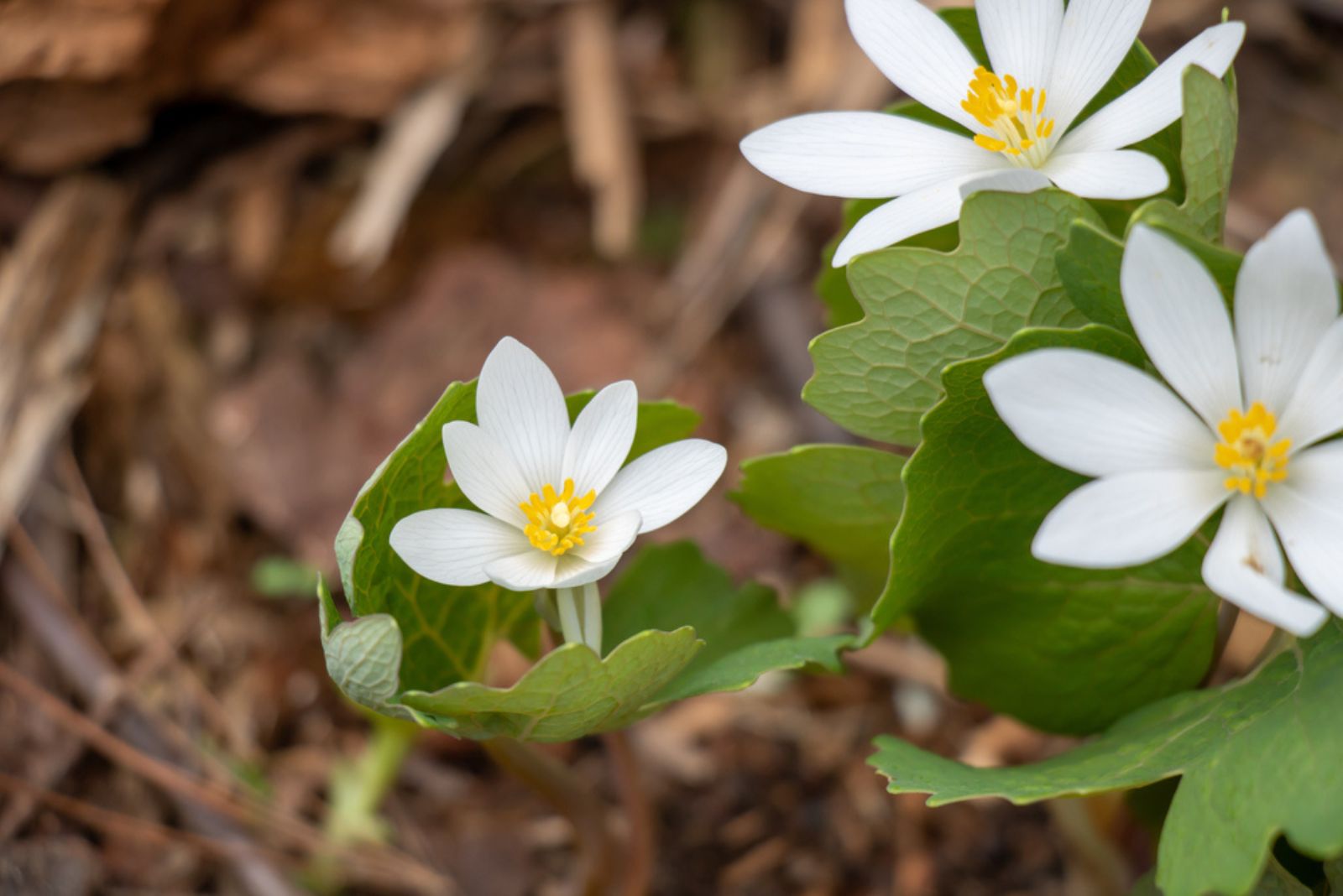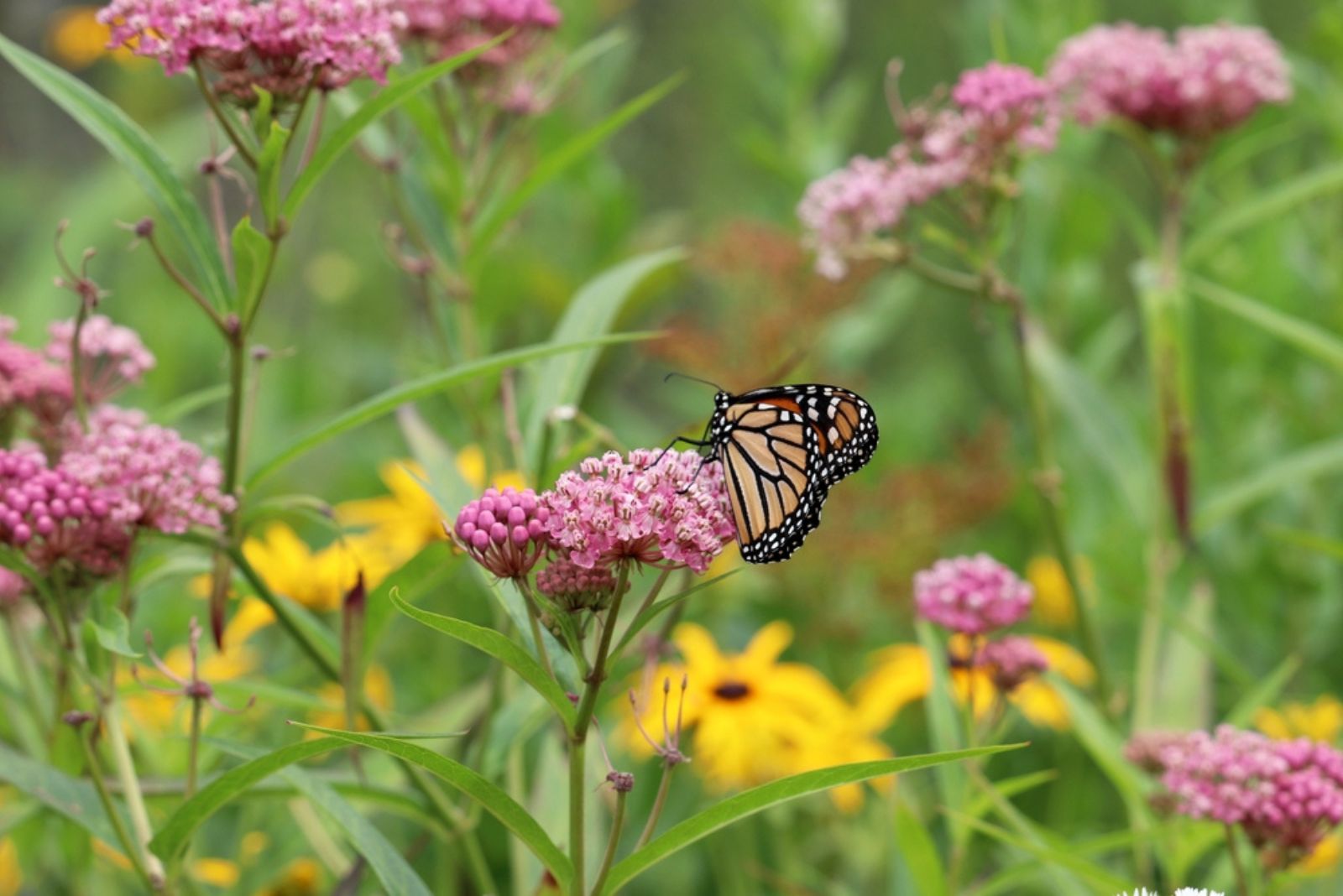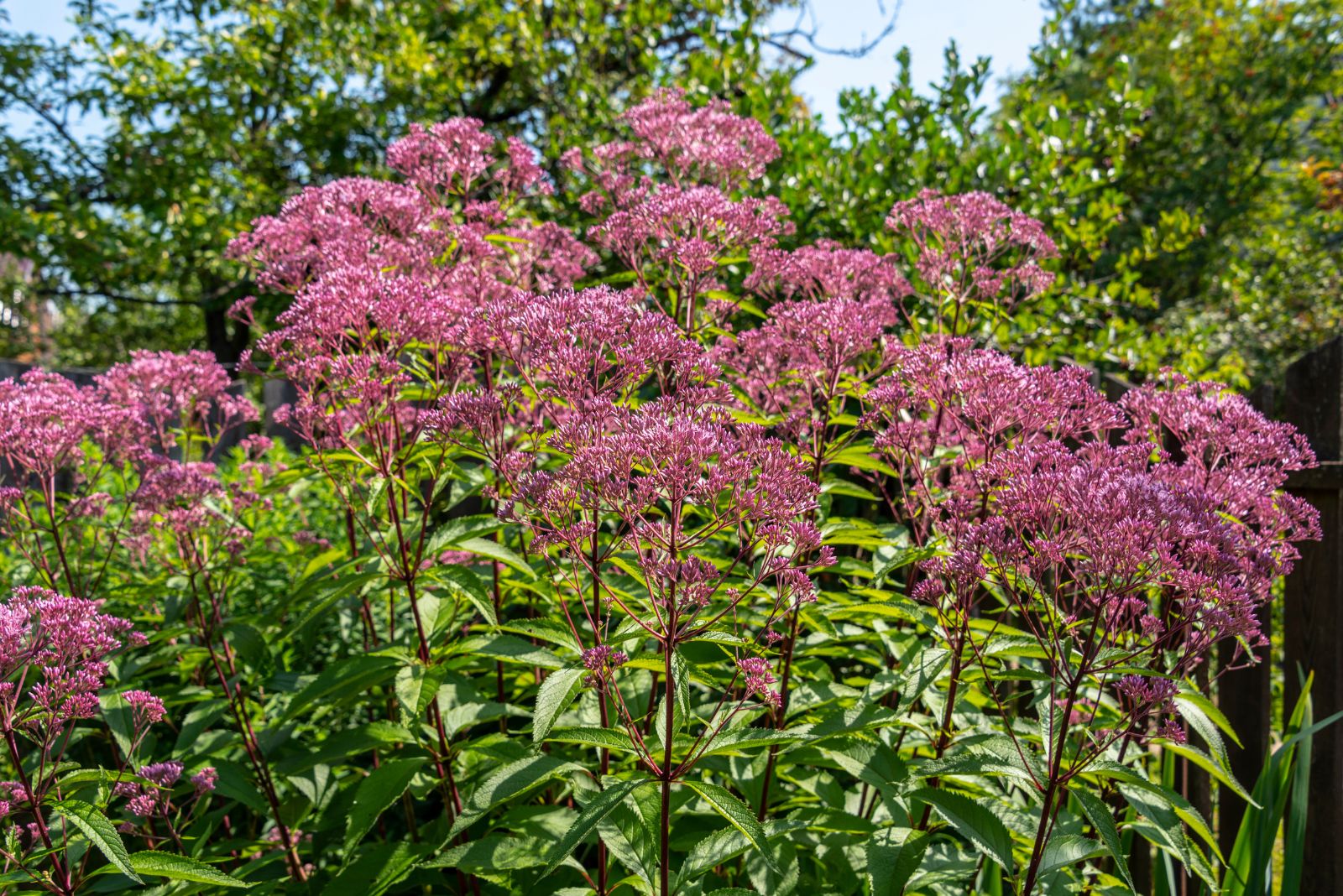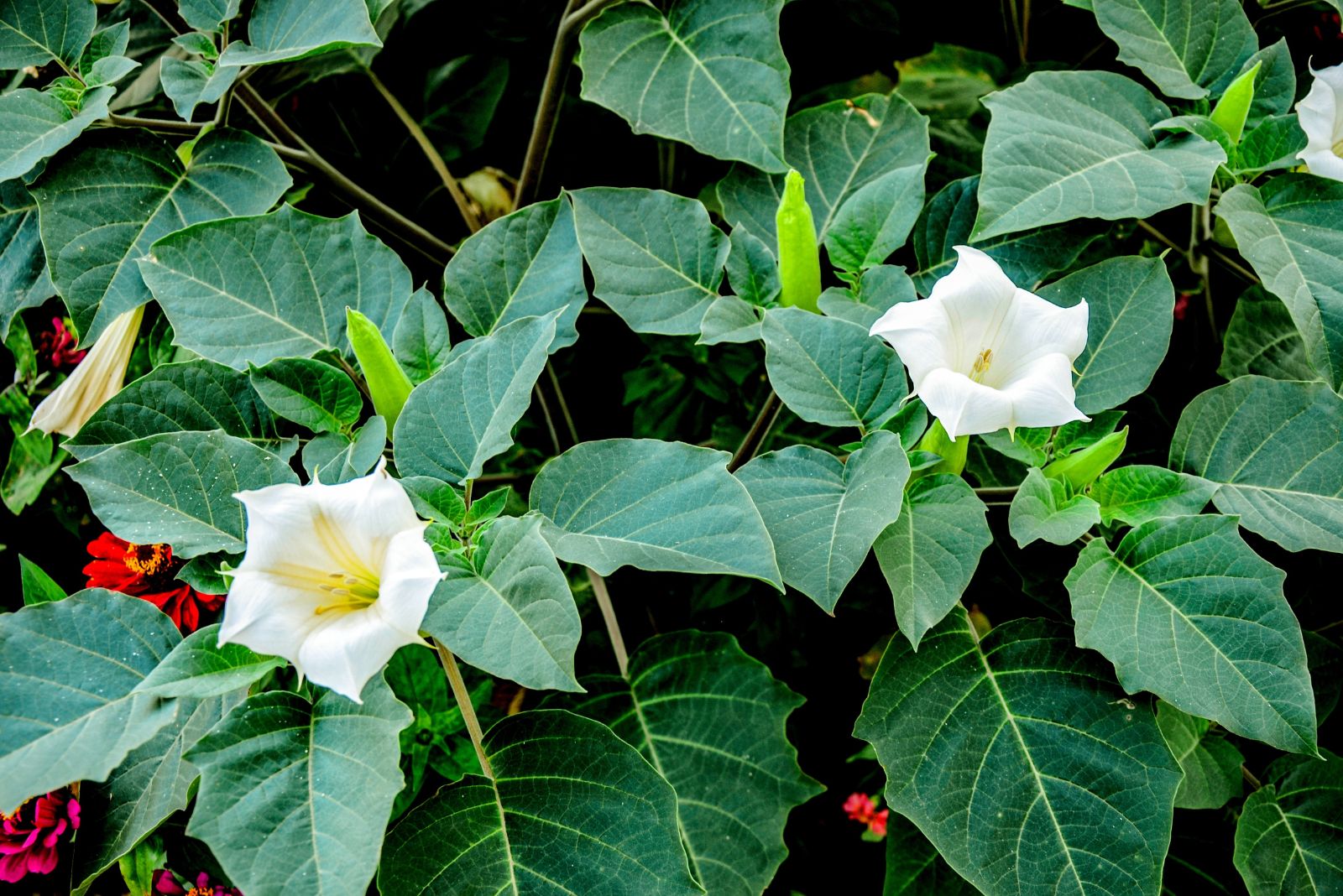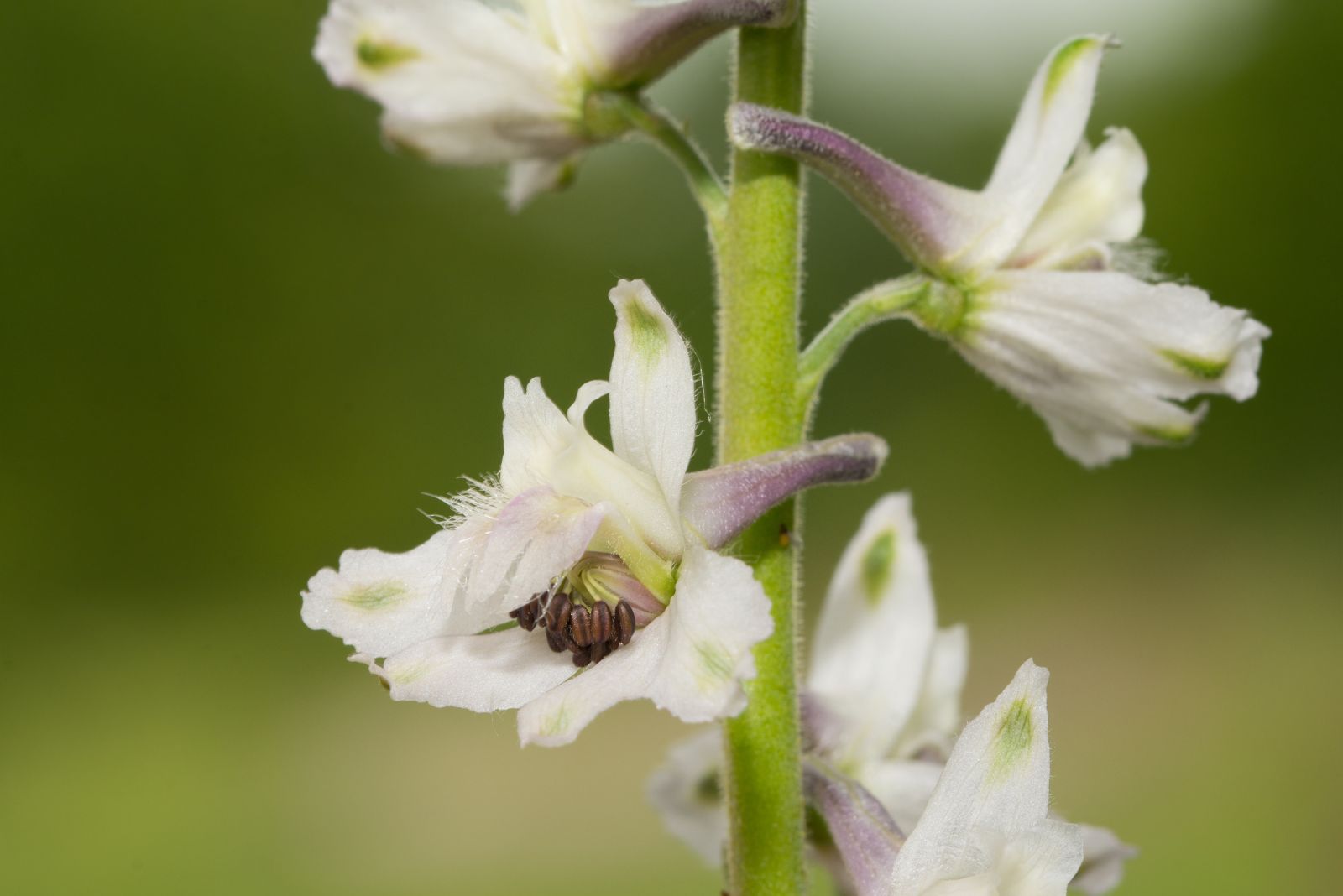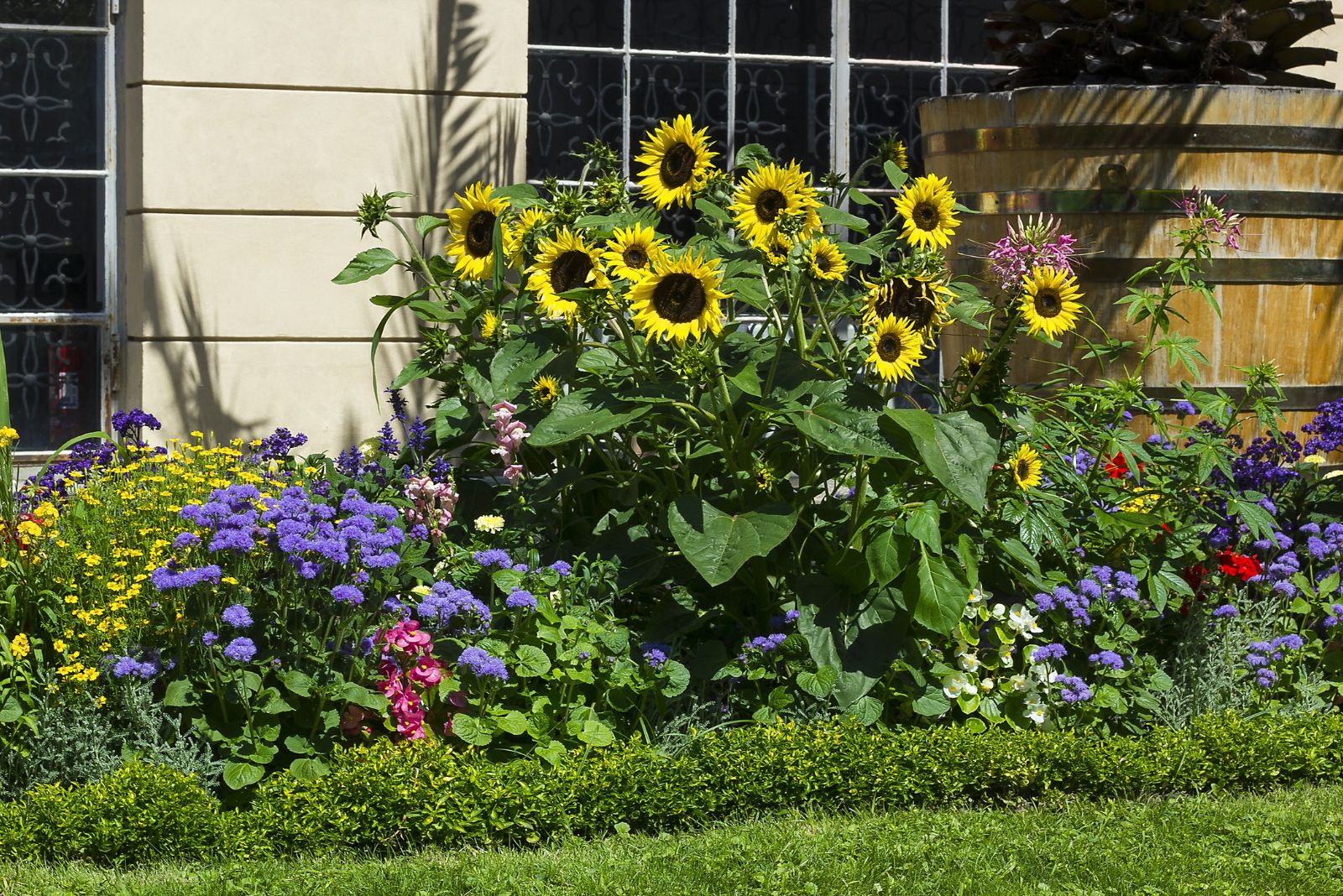It is always a good idea to grow native plants as they can naturally grow and don’t require much maintenance. Luckily for Kansas folks, there are a lot of beautiful native wildflowers that make the garden colorful and vibrant!
These plants have evolved to thrive in these unique climates and soil conditions, so you don’t have to worry about any special plant care requirements.
Besides wildflowers, there are also shrubs, trees, vines, and grasses that can grow perfectly fine in Kansas!
There are numerous options to choose from. So, if you are from Kansas, let’s transform your garden into a lush paradise!
1. Early Buttercup (Ranunculus Fascicularis)
We are starting off our list with one of the most charming wildflowers!
Early Buttercup, also known as Prairie Buttercup or Prairie Tufted Buttercup, is a lovely plant that produces yellow flowers with glossy petals and slender stems. They start blooming in spring and can reach up to 8 inches tall when in bloom.
Early Buttercup is often found in prairies and dry wood environments. Although they can adapt to different soil conditions, these wildflowers thrive in sandy or loamy soils. Buttercups are drought tolerant but can benefit from some watering during dry spells.
2. Buffalo Gourd (Cucurbita Foetidissima)
Buffalo Gourd, native to Kansas prairies, is a unique perennial vine that produces large, heart-shaped leaves along with vibrant yellow flowers. These flowers develop into round and spiny fruits later on.
With their vigorous growth, these vines are often used as ground covers. It can be found naturally along roadsides and fence lines.
Buffalo Gourd is a hardy plant that can thrive in poor soil conditions. It also doesn’t require frequent watering, which is why it is a perfect plant for xeriscapes.
3. Bloodroot (Sanguinaria Canadensis)
This is a woodland perennial known for its prominent white flowers and unique leaf shape. Bloodroot blooms during early spring and grows up to 7 inches tall. It has rounded foliage with blue-green colors.
What’s interesting is that they release a red sap when broken, which is how the plant got its unique name.
Bloodroot grows best in partially shaded areas with rich and moist soil. This plant is perfect for woodland shade gardens!
4. Virginia Clematis (Clematis Virginiana)
If you are looking for a climbing vine to make your garden look more elegant, then Virgina Clematis is the ideal choice for you. This plant produces small, fragrant white flowers that start growing during late summer.
These flowers are adored by a lot of pollinators and beneficial insects. What’s also great is that this plant can grow up to 20 feet tall and about 5 feet wide – it will also climb a trellis or fence!
Virginia Clematis prefers full sun to partial shade. It can tolerate various types of soil, including clay or sandy soils. Pruning is sometimes required to control its growth and shape.
Read also: 5 Helpful Tips For Growing Clematis In Pots Successfully
5. Swamp Milkweed (Asclepias Incarnata)
As the name suggests, Swamp Milkweed usually grows best in swampy regions. It displays beautiful clusters of pink flowers during mid and late summer. The lance-shaped leaves make the milkweed even more alluring!
This unusual plant thrives in moist to wet conditions, which is why it is an excellent choice for areas with water features. It attracts a lot of pollinators, specifically Monarch butterflies.
Here’s how you can save pollinators by collecting milkweed seeds.
6. Joe Pye Weed (Eutrochium Maculatum)
Here is yet another beautiful perennial that produces clusters of flowers with delicate pink and purple colors. The flowers attract butterflies and other pollinators, making it a valuable addition to wildlife gardens. Additionally, the plant’s dark green leaves create a lush backdrop!
Joe Pye Weed grows well in moist to wet soils. It can tolerate both full sun and partial shade. Don’t be surprised with how tall this plant can grow – you might need to offer some kind of support for its growth.
7. Spiderwort (Tradescantia Occidentalis)
Kansas Spiderwort, otherwise known as Prairie Spiderwort, is a perennial wildflower that has long slender stems and clusters of three-petaled flowers in shades of pink, blue, and purple. It can grow well in sandy, dry, or rocky soils.
Common Spiderwort, Bracted Spiderwort, and Tharps’ Spiderwort are some similar types that can be found in Kansas.
8. Jimsonweed (Datura Stramonium)
Jimsonweed is a somewhat controversial plant that produces large, trumpet-shaped flowers in pale purple and white colors. It has spiny seeds that make the plant even more interesting.
What’s also unique is that the flowers open in the late afternoon, attracting night-flying hawk moths. Since it opens at night, this plant is also referred to as the Moonflower.
Jimsonweed is very adaptive and resilient. It can thrive in various soil types and lighting conditions. Keep in mind that this plant contains tropane alkaloids that make it highly toxic to animals and humans!
Read more about its toxicity here: Jimson Weed Poisoning—A Case Report
9. Plains Larkspur (Delphinium Virescens)
Plains Larkspur produces tall flower spikes with gorgeous blue or purple colors. These are great for adding color to meadows and native plant gardens. In addition to their aesthetics, these flowers also attract hummingbirds and butterflies.
Plains Larkspur can grow in full sun and soggy soils. It is highly versatile and can grow in different soil conditions.
10. Hollyhock (Alcea Rosea)
Hollyhock, otherwise known as Alcea Rosea, is a short-lived perennial that produces large, showy flowers from May to September. They are known for their vertical growth and distinctive stalks covered in big, rounded leaves.
Surprisingly, these plants can thrive in strange places such as roadsides, railroads, and fields. They transform these unsightly places into vibrant and colorful scenery.
Since they can easily grow there, you shouldn’t worry about them growing in your garden. However, do plant them in full sun because they need it to produce those magnificent flowers.
11. Sunflower (Helianthus)
We saved the best for last!
Sunflowers are the best plants to grow if you want to make your garden look more cheery. These plants are known for their large, daisy-like flowers with a vibrant yellow color and prominent brown centers.
They need full sun to grow properly. These lovely plants are also relatively drought tolerant but can benefit from some watering during drought periods. Sunflowers also thrive in well-draining soil.
If you decide to grow sunflowers in your garden, then you might as well plant some sunflower companion plants!

